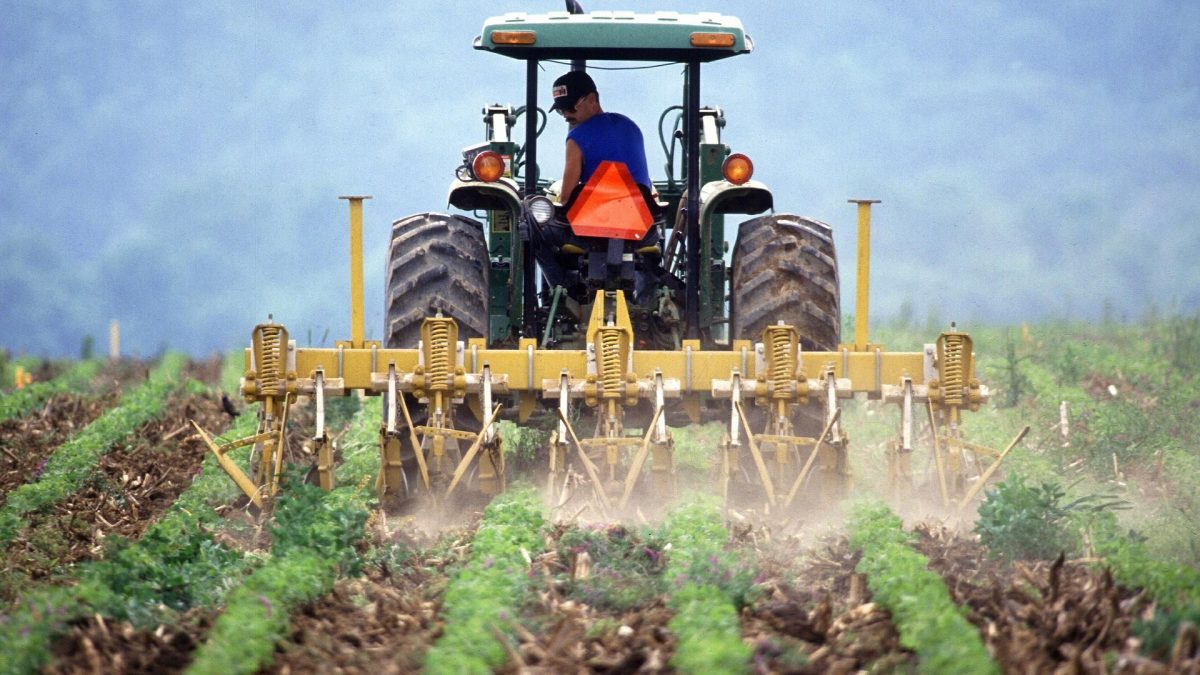What is the Role of Potash in Plant Nutrition?

More Sulfur Facts to Grow By
November 2, 2018
The 2019 FFAA Winter Business Meeting Recap
February 28, 2019Learn more about Potash production and how this vital mineral to the U.S. agriculture and economy is sourced and utilized.
When asking the question, “what is the role of potash in plant nutrition?”, the simple answer is that it is a vital element in growing our food and fiber. The Trump administration wants to have more of it located and mined in the United States. Currently, almost all of the potash production of fertilizer for U.S. farmers (up to 94 percent, according to a Detroit Free Press article), comes from foreign sources.
Potash is one of 35 minerals the administration has identified as being critical for U.S. economic and national security. A draft list of the minerals, which also include lithium, uranium, bauxite, aluminum, and cobalt, was compiled by the U.S. Department of Commerce and published in the U.S. Federal Register in February. The list, which can be found on the Register’s website, was viewed as an initial step in the administration’s plan— included in a December order from the president— to reduce U.S. dependence on other nations for its critical minerals.
Drawing from an article by the Reuters news agency, the online World Fertilizer Magazine wrote that “the Trump administration is seeking to: identify new domestic sources of critical minerals; increase domestic exploration, mining, and recycling; provide both miners and producers with electronic access to better mapping and geological data; and streamline the leasing and permitting process for new miners.”
Top Countries of Potash Production
Canada is North America’s largest producer of potash and a leading supplier of the mineral to U.S. fertilizer manufacturers. In fact, Canada is the world’s No. 1 potash-producing nation. According to InvestingNews.com, the 10 top countries for potash production (with 2017 output in metric tons) are:
- Canada (12 million MT)
- Russia (7.2 million MT)
- Belarus (6.4 million MT)
- China (6.2 million MT)
- Germany (2.9 million MT)
- Israel (2.2 million MT)
- Jordan (1.3 million MT)
- Chile (1.2 million MT)
- Spain (680,000 MT)
- United States (480,000 MT)
The leading reserves in the U.S. for potash production are New Mexico, Michigan, and Utah. As a source of soluble potassium (salt), potash is used primarily as an agricultural fertilizer. It’s one of three primary plant nutrients, with the others being fixed nitrogen and soluble phosphorus.
Writing for The Mosaic Company, Dr. Rob Mikkelsen of the International Plant Nutrition Institute (IPNI) describes the importance of the potassium found in potash. “Potassium is an important mineral required for human health. Since potassium is not stored in the body, it is necessary to continually replace this nutrient on a regular basis with potassium-rich foods. Diets high in potassium and low in sodium have been shown to be beneficial for avoiding high blood pressure.”
“Potassium is essential for plant health and there must be an adequate supply in the soil to maintain good growth. When the potassium supply is limited, plants have reduced yields, poor quality, utilize water less efficiently, and are more susceptible to pest and disease damage.” Mikkelsen’s complete article, “What is Potash?”, offers more details on this essential nutrient. To learn more about the role of potash in plant nutrition, look to these resources: U.S. Geological Society, The Fertilizer Institute, and Western Potash Corp.
To learn more about vital elements in plant nutrition and Florida agriculture, check back on the FFAA blog regularly and follow our Facebook or Twitter profiles for regular updates.

